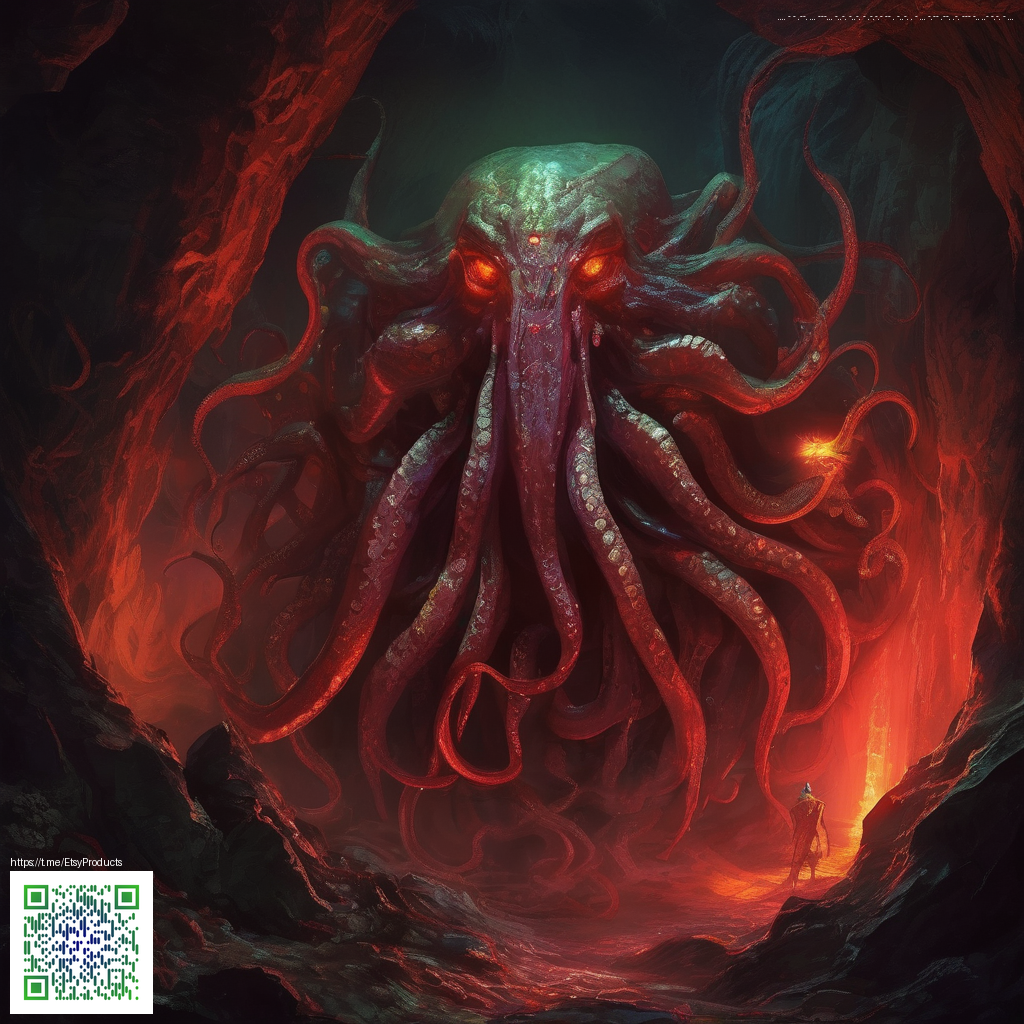
How to Create Minimalist Desktop Icon Packs in Minutes
Minimalism on the desktop isn’t just about removing clutter; it’s about designing a grid of icons that communicates function at a glance. When icons share a consistent language—clean lines, restrained color, balanced shapes—your digital workspace feels calm and efficient. The goal is to arrive at a cohesive set that preserves usability while reducing visual noise. With a few practical steps, you can go from concept to polished icon packs in minutes rather than hours.
Start with a clear design brief
Before you draw a single icon, outline the scope. Decide on a single shape language—rounded squares, perfect circles, or geometric hexagons—and pick a tiny color palette. A strong brief helps you stay consistent across all icons and makes iteration faster. Consider the icons you’ll need most: folders, documents, web shortcuts, settings, and trash. A focused brief keeps the pack tight and usable rather than sprawling and inconsistent.
Principles that keep icon packs cohesive
- Consistency: use uniform stroke widths and corner radii for all icons.
- Grid alignment: design on a fixed grid (for example, 80x80 px) so icons snap neatly on any desktop scale.
- Clarity: prefer simple, iconic shapes over intricate details that blur at small sizes.
- Color restraint: a neutral base with one accent color keeps the palette calm and readable.
- Scalability: start in vector (SVG) so every icon looks crisp on high-density displays.
“Less is more when every pixel has a purpose.”
From sketch to scalable assets
Begin with quick vector sketches to test forms. Move to a vector tool to build clean, geometric shapes aligned to your grid. Export in two essential formats: SVG for scalable, crisp rendering and PNG for environments that don’t support vector graphics yet. A practical workflow is to design five core icons first—home, file, web, settings, and recycle—and then extend the set once you’re confident in the visual language. This keeps your process efficient and your final pack coherent.
Test, refine, and document
Test at multiple icon sizes, from small dock icons to larger reveal panels. Evaluate legibility on different screen densities and OS themes (light and dark). If something looks busy at 16x16 or 32x32, simplify the gesture or stroke—clarity wins as scale shrinks. Create a simple style document that records stroke width, corner radius, and color values. This becomes your guide for future packs and ensures continued consistency across updates.
Practical tips for fast outcomes
- Use a single grid system and a tight color palette to reduce decision fatigue.
- Limit the initial icon set to 5–10 primary icons; expand later as needed.
- Name files with a consistent convention (e.g., pack_main, pack_settings) to simplify asset management.
- Keep file sizes small by optimizing SVG paths and avoiding unnecessary metadata.
- Organize assets in a versioned folder structure so you can roll back if a change doesn’t land well.
While you’re refining your icon pack, a neatly organized desk can speed up your creative process. If you’re prototyping a tidy workspace, you might explore a simple, tactile touch to desk decor—like a compact phone stand—such as the Phone Stand Travel Desk Decor for Smartphones. It’s a small accessory that mirrors the mindset of minimalism: functional, unobtrusive, and thoughtfully designed to keep your device at arm’s reach without stealing visual attention. For a broader inspiration set, you can browse related ideas on the resource page at this guide.
Putting it all together
As you finalize your icon pack, package it with a simple README that explains the color palette, grid, and usage guidelines. Offer both SVG and PNG variants, and consider providing dark- and light-theme variations if your platform supports them. A well-documented pack is not only easier for you to maintain; it’s friendlier for others who want to adopt your style.
Minimalist desktop icon packs can transform how you navigate your digital space. By focusing on a clear visual language, you’ll reduce decision fatigue and create an interface that feels both calm and powerful. Your workspace becomes more than a place to work—it becomes a reflection of deliberate, thoughtful design.